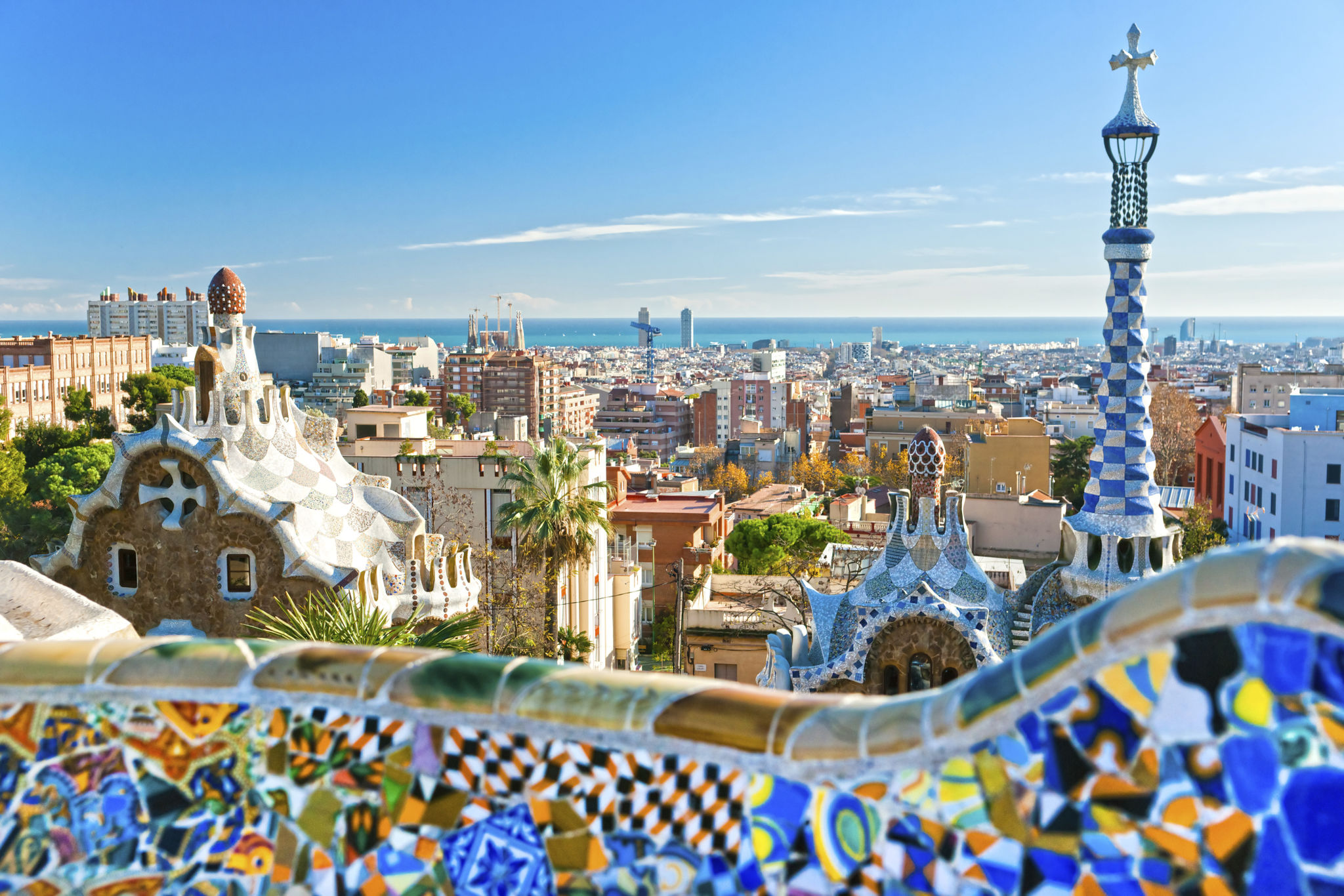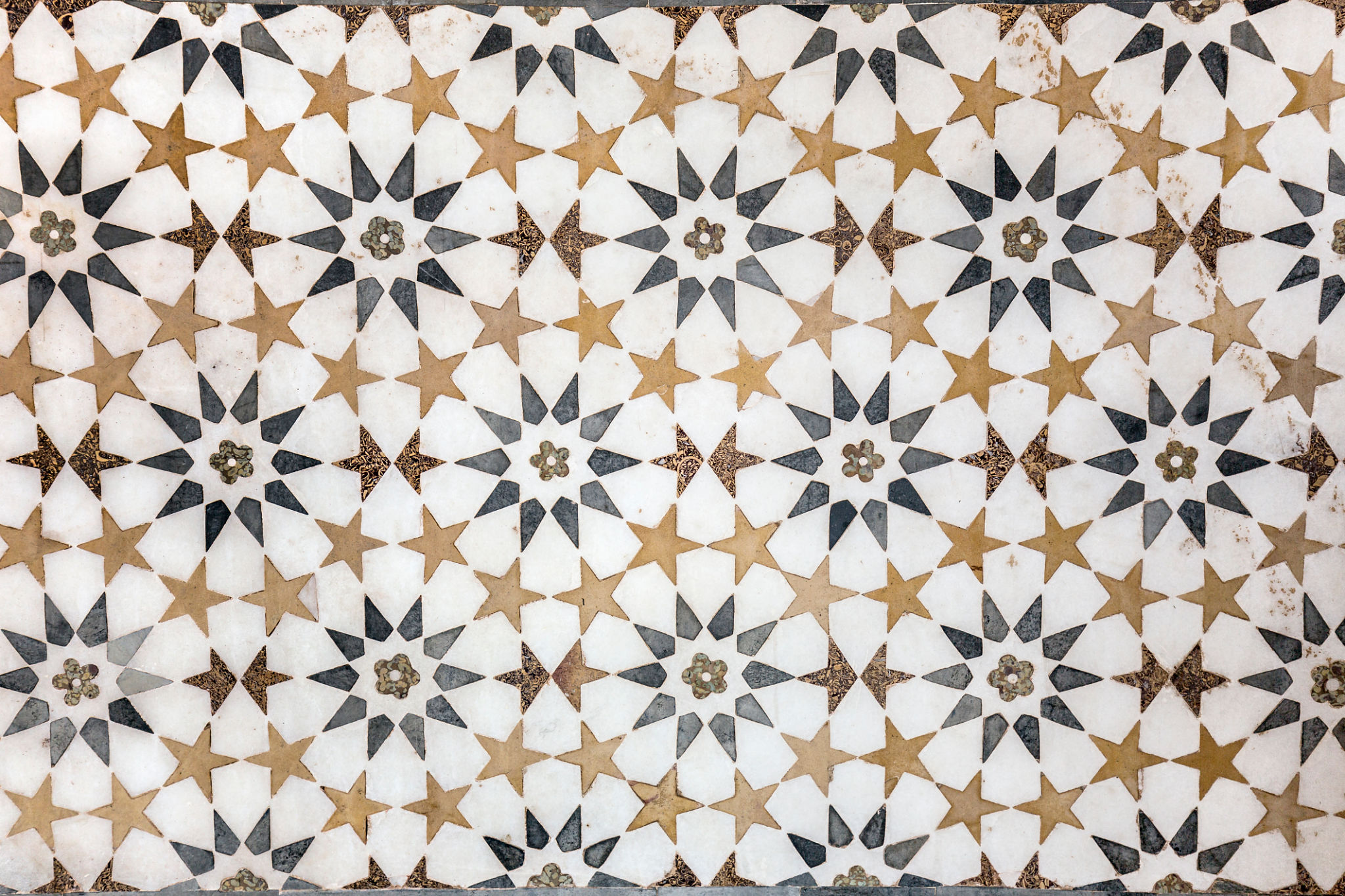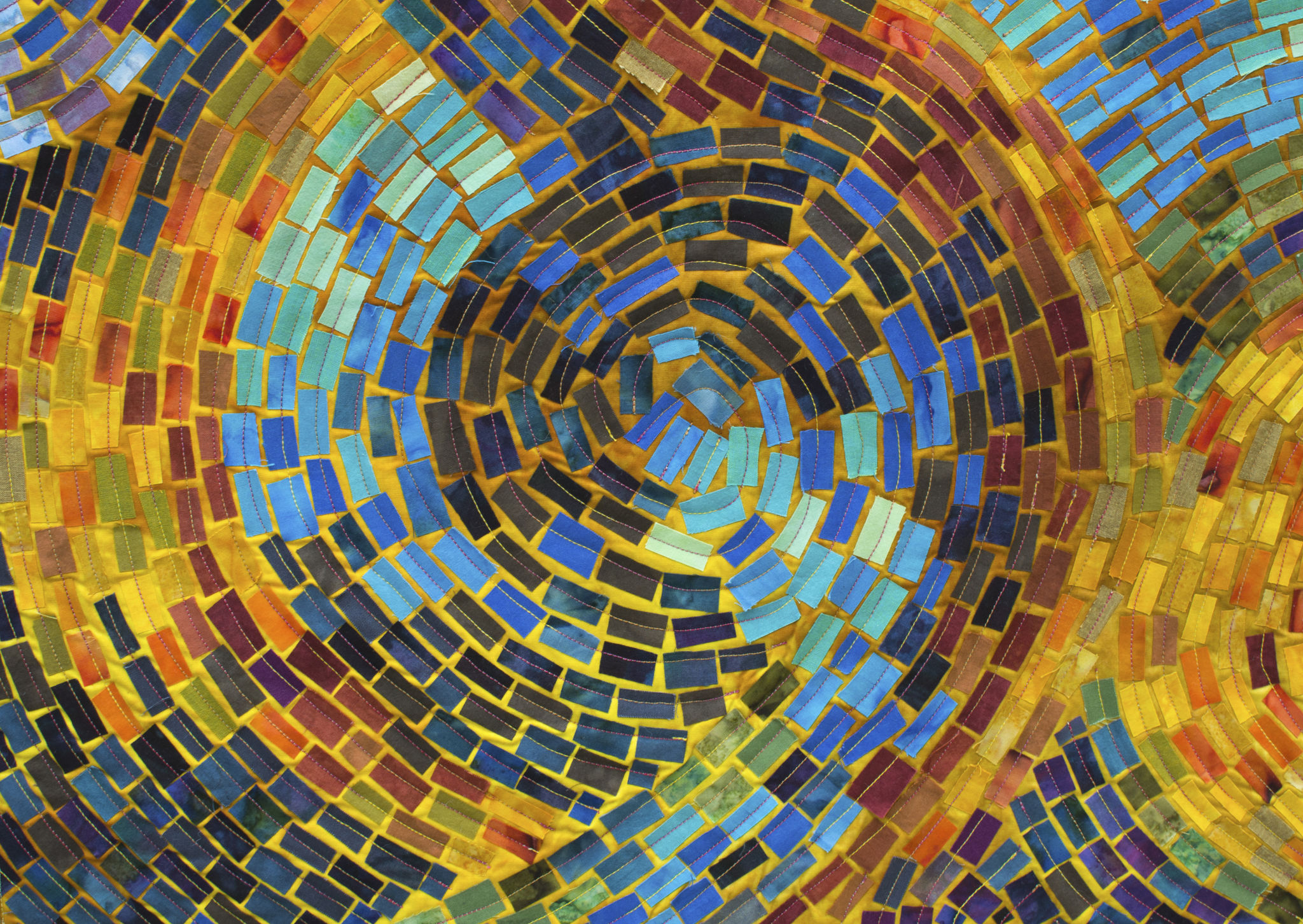Exploring Modern Geometric Designs in Spanish Mosaics
The Resurgence of Spanish Mosaic Art
Spanish mosaics have long been celebrated for their intricate patterns and vibrant colors. Historically, these mosaics played a significant role in the architectural beauty of Spain, from the grandeur of palaces to the intimate charm of private homes. Recently, there has been a resurgence in interest, particularly focusing on geometric designs, which blend traditional craftsmanship with modern aesthetics.
The appeal of geometric designs lies in their ability to create visually captivating patterns that can transform any space. These designs often draw inspiration from nature, mathematics, and historical motifs, resulting in a harmonious balance of complexity and simplicity.

Elements of Geometric Design in Mosaics
Modern geometric designs in Spanish mosaics often utilize a combination of shapes such as triangles, hexagons, and diamonds. These shapes are not merely decorative; they serve to guide the eye and create a sense of movement and flow. The interplay between different shapes and colors can evoke various emotions and atmospheres within a space.
Color is another crucial element in geometric mosaic design. While traditional Spanish mosaics are known for their bright and bold hues, modern interpretations often incorporate more muted or monochromatic palettes. This shift allows for greater versatility in interior design, enabling these mosaics to complement a wide range of styles from minimalist to eclectic.

Innovative Techniques in Modern Mosaic Art
Advancements in technology and materials have significantly influenced the creation of modern Spanish mosaics. Today, artists have access to new cutting tools and adhesive technologies that allow for more precise and intricate designs. Additionally, the introduction of sustainable materials has become an important factor, with many artists opting for eco-friendly options to reduce environmental impact.
Digital design software also plays a vital role in the planning stages of mosaic creation. These tools enable artists to experiment with various patterns, colors, and scales before the actual production begins. This process not only enhances creativity but also ensures that the final product meets the desired aesthetic and functional requirements.

Applications of Geometric Mosaics
Geometric mosaics can be applied in various settings, both residential and commercial. In homes, they are often used as statement pieces in kitchens or bathrooms, transforming ordinary spaces into works of art. The versatility of geometric designs allows them to blend seamlessly with different architectural styles, from rustic Mediterranean villas to sleek urban lofts.
In commercial settings, geometric mosaics can be found in restaurants, hotels, and public art installations. Their durability and timeless appeal make them an excellent choice for high-traffic areas. Moreover, these designs can enhance brand identity by reflecting a company’s values through colors and patterns that resonate with their audience.
The Future of Spanish Mosaic Design
As the interest in sustainable and personalized design continues to grow, Spanish mosaics are expected to remain popular. The fusion of traditional techniques with modern design principles ensures that this art form will continue to evolve while preserving its rich heritage.
Looking ahead, we can anticipate further innovation in materials and techniques, as well as a deeper integration of technology in design processes. The potential for customization will likely increase, allowing homeowners and designers to create truly unique spaces that reflect individual tastes and lifestyles.

In conclusion, modern geometric designs in Spanish mosaics offer a fascinating blend of history and contemporary style. Whether used in residential or commercial spaces, these mosaics continue to captivate with their beauty and versatility, ensuring their place as a timeless art form.
